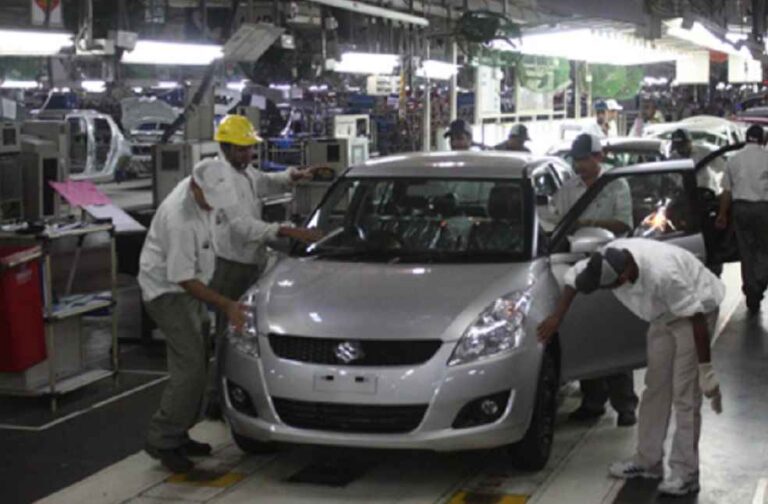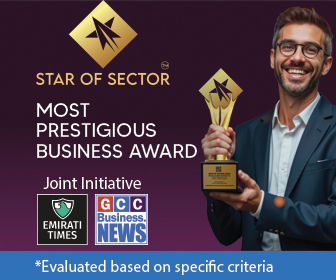Pakistan’s government is preparing a new five-year Auto Industry Policy (2026–31) as the current framework nears expiry in June 2026, aiming to foster a more open, competitive, and export-oriented automotive market.
The Engineering Development Board (EDB) is leading consultations with vehicle assemblers, parts manufacturers, and used-car importers to shape the new roadmap.
Officials confirmed that the upcoming policy will align with the National Tariff Policy (NTP), a key component of Pakistan’s $7 billion IMF Extended Fund Facility.
The NTP caps tariff rates on finished goods at 15% and calls for the removal of concessionary statutory regulatory orders (SROs). This alignment signals a clear policy shift from long-standing protectionism toward market-based reforms.

The government has also allowed the commercial import of used vehicles, in addition to continuing baggage and gift schemes for overseas Pakistanis.
Local assemblers argue that these schemes are being misused by traders to import vehicles for commercial resale, intensifying competition and prompting calls for tax relief and policy parity.
Industry divisions have become more pronounced. Most local assemblers, representing over a dozen global brands, are urging the government to reduce duties on completely knocked down (CKD) kits and localized parts to a maximum of 10%, and to eliminate taxes on safety components.
They maintain that government duties and taxes account for more than half of a vehicle’s retail price, undermining affordability and local demand.

Conversely, several Japanese assemblers and parts vendors are pushing to retain protectionist tariffs of up to 35%, a position increasingly seen by policymakers as outdated and inconsistent with Pakistan’s reform commitments.
Officials have warned that extended protection is no longer sustainable and have asked long-standing assemblers to justify continued tariff benefits in light of stagnant exports, limited innovation, and outdated vehicle lineups.
Despite claims of achieving 60% localization for some models, Pakistan’s auto exports have shown negligible growth over the past five years.
Meanwhile, new entrants, particularly from China and South Korea, have disrupted the market with competitively priced hybrid and plug-in hybrid vehicles featuring advanced safety and environmental standards.
GENERAL | Hyundai Motor Maintains Leadership for Stability and Growth





